Understanding Field-Assisted Sintering: A Leap Forward in Materials Engineering
Few technologies have disrupted traditional manufacturing processes like Field-Assisted Sintering (FAST). Sometimes known more specifically as Spark Plasma Sintering (SPS), this technique has opened new frontiers for manufacturing ultra-dense, fine-grained materials used in aerospace, biomedical, electronics, and defense applications. At its core, FAST offers speed, precision, and performance in a controlled shop environment, making it one of the most compelling technologies in modern powder metallurgy.
What Is Field-Assisted Sintering?
Field-Assisted Sintering is an advanced densification process used to consolidate powdered materials into fully dense or near-dense solids. Unlike traditional sintering, which relies purely on external heat to fuse powders over long timeframes, FAST introduces an external electric field (often a pulsed DC current) and mechanical pressure to dramatically accelerate the process.
The result is rapid heating—often within a matter of minutes—localized precisely where it's needed. This synergy between pressure and electrical current enhances atomic diffusion at the particle contacts, enabling sintering at significantly lower temperatures and with far shorter processing times than conventional methods.
How Does the FAST Process Work?
FAST involves a highly orchestrated setup that includes a graphite die system, a hydraulic press, a vacuum or inert gas environment, and a high-current power supply. The process follows several precise steps:
- Powder Preparation: Powders such as metals, ceramics, or composites are prepared by blending, drying, and sizing to ensure uniformity.
- Die Loading: The powder is packed into a graphite die lined with graphite foil to prevent sticking and ensure even current distribution.
- Controlled Atmosphere: The die is placed in a sealed chamber, which is then either evacuated or filled with an inert gas like argon or nitrogen.
- Sintering: A pulsed DC current is applied while uniaxial pressure is exerted on the powder. Temperatures can reach between 500°C and 2000°C in mere minutes, depending on the material.
- Cooling and Ejection: Once sintering is complete, the current and pressure are turned off, and the part cools under controlled conditions before being removed for post-processing.
Where Is FAST Performed?
One of the most important aspects of the FAST process is location. Unlike some traditional manufacturing methods, FAST is exclusively performed in a specialized, controlled shop environment, not on-site. The reasons are numerous:
- The equipment is large, complex, and power-intensive, often requiring kilowatt-level electrical infrastructure.
- The process demands a vacuum or inert gas chamber to prevent oxidation.
- Sintering requires graphite tooling and die systems that are sensitive to contamination and handling.
- Maintaining precise temperature and pressure controls is essential to achieving desired material properties.
For these reasons, FAST is typically carried out by advanced manufacturing companies, materials research institutions, or specialty service providers like California Nanotechnologies, which handle both prototyping and small-batch production.
Types of Materials Processed with FAST
One of the defining strengths of FAST lies in its material versatility. It is especially useful for:
Ceramics
- Structural Ceramics like Alumina, Zirconia, and Silicon Carbide for aerospace and defense.
- Functional Ceramics, including piezoelectrics like PZT or dielectrics like Barium Titanate for sensors and actuators.
- Transparent Ceramics, such as ALON and Spinel, used in advanced optics and ballistic glass.
Metals and Alloys
- Refractory Metals like Tungsten, Molybdenum, and Tantalum used in high-heat environments.
- Shape Memory Alloys like Nickel-Titanium (NiTi), ideal for biomedical and actuator applications.
- Lightweight Metals, including aluminum and titanium alloys, valued for aerospace and medical use.
Nanostructured Materials
FAST’s ability to sinter at low temperatures with fast cycle times makes it ideal for retaining nano-sized grains, which are essential for maximizing hardness, strength, or thermal stability.
Composites
- Ceramic-Matrix Composites (CMCs): Strong, heat-resistant materials for engine and brake components.
- Metal-Matrix Composites (MMCs): Used in lightweight structural parts with excellent wear resistance.
- Functionally Graded Materials (FGMs): Gradual compositional changes tailored for specific applications.
Thermoelectric and Magnetic Materials
FAST enables the production of materials like Bismuth Telluride for thermoelectrics and NdFeB magnets for high-performance electric motors.
Biomaterials
- Hydroxyapatite and bioactive glass can be sintered without degrading their biocompatibility, making them ideal for bone implants and dental prosthetics.
Benefits of Field-Assisted Sintering
- Ultra-Fast Processing: Sintering cycles that traditionally take hours are reduced to mere minutes.
- Lower Temperatures: Achieve full density without exposing materials to temperatures that cause grain coarsening.
- Energy Efficiency: Less time and localized heating significantly reduce energy consumption.
- Superior Material Properties: Enhanced mechanical, thermal, and electrical performance thanks to refined microstructures.
- Versatility: Works across metals, ceramics, composites, and even biomaterials.
Industrial Applications
FAST is transforming multiple industries:
- Aerospace: Components that demand high strength-to-weight ratios and thermal stability.
- Medical: Custom implants, biocompatible scaffolds, and nano-enabled devices.
- Defense: Lightweight armor, high-performance sensors, and refractory components.
- Electronics: Advanced dielectrics, thermoelectrics, and magnetic materials.
Conclusion
Field-Assisted Sintering is not just a faster way to fuse powders—it’s a transformative leap in materials science. By combining electric current, high pressure, and a tightly controlled environment, FAST allows engineers and manufacturers to produce high-performance parts that would be difficult or even impossible to create using traditional methods. Though the process must be carried out in a dedicated facility, the results—denser parts, finer microstructures, and reduced production time—make it a compelling solution for cutting-edge industries.
For companies pushing the boundaries of what’s possible in manufacturing, Field-Assisted Sintering is a powerful ally in the race for innovation.
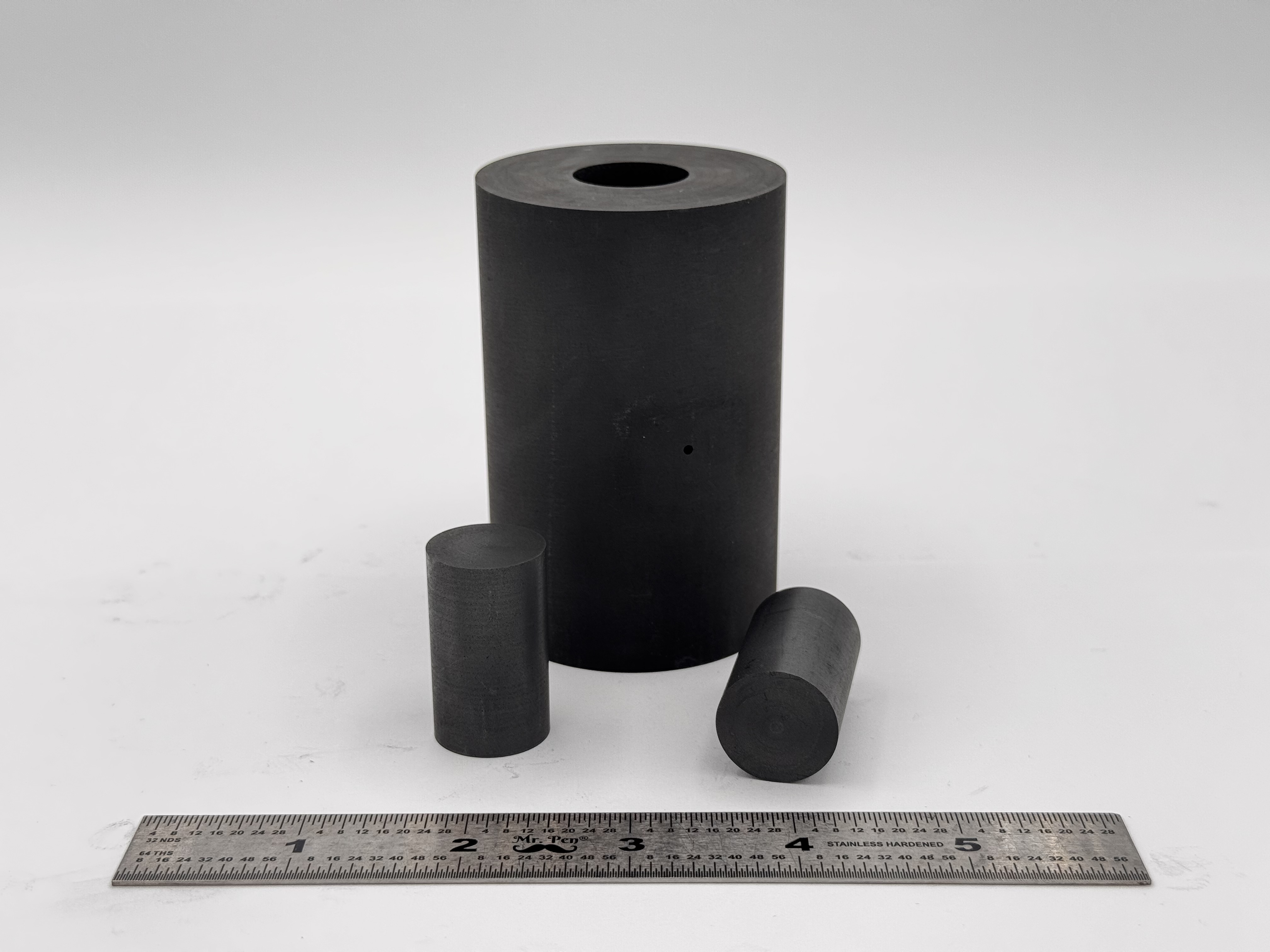 High Strength SPS Graphite Tooling
High Strength SPS Graphite Tooling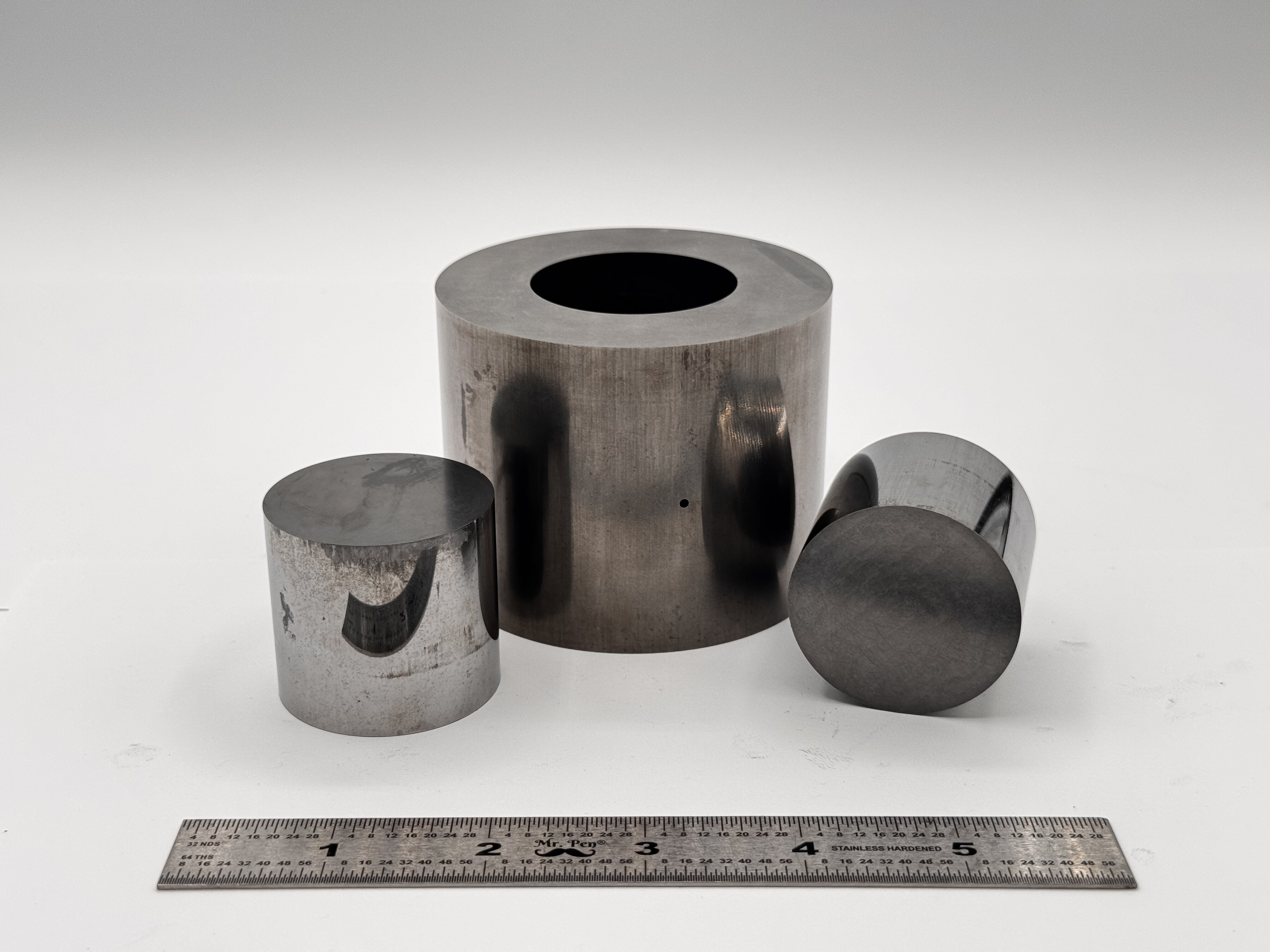 Tungsten Carbide Tooling
Tungsten Carbide Tooling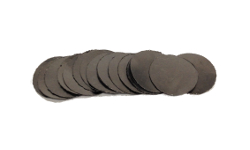 Carbon Graphite Foil / Paper
Carbon Graphite Foil / Paper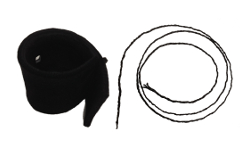 Carbon Felt and Yarn
Carbon Felt and Yarn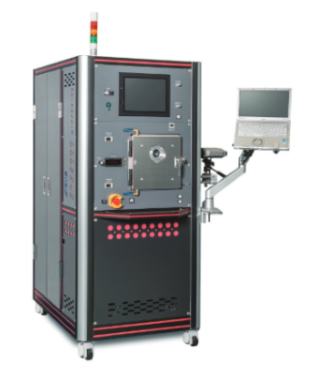 Spark Plasma Sintering Systems
Spark Plasma Sintering Systems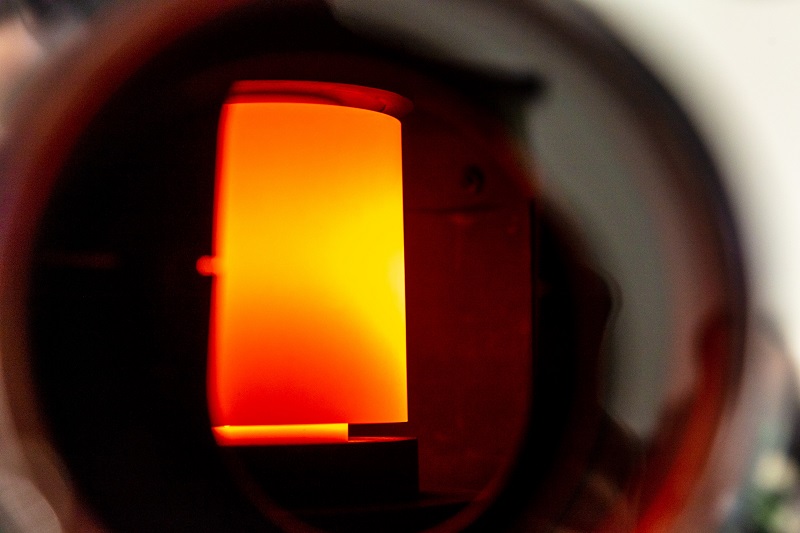 SPS/FAST Modeling Software
SPS/FAST Modeling Software